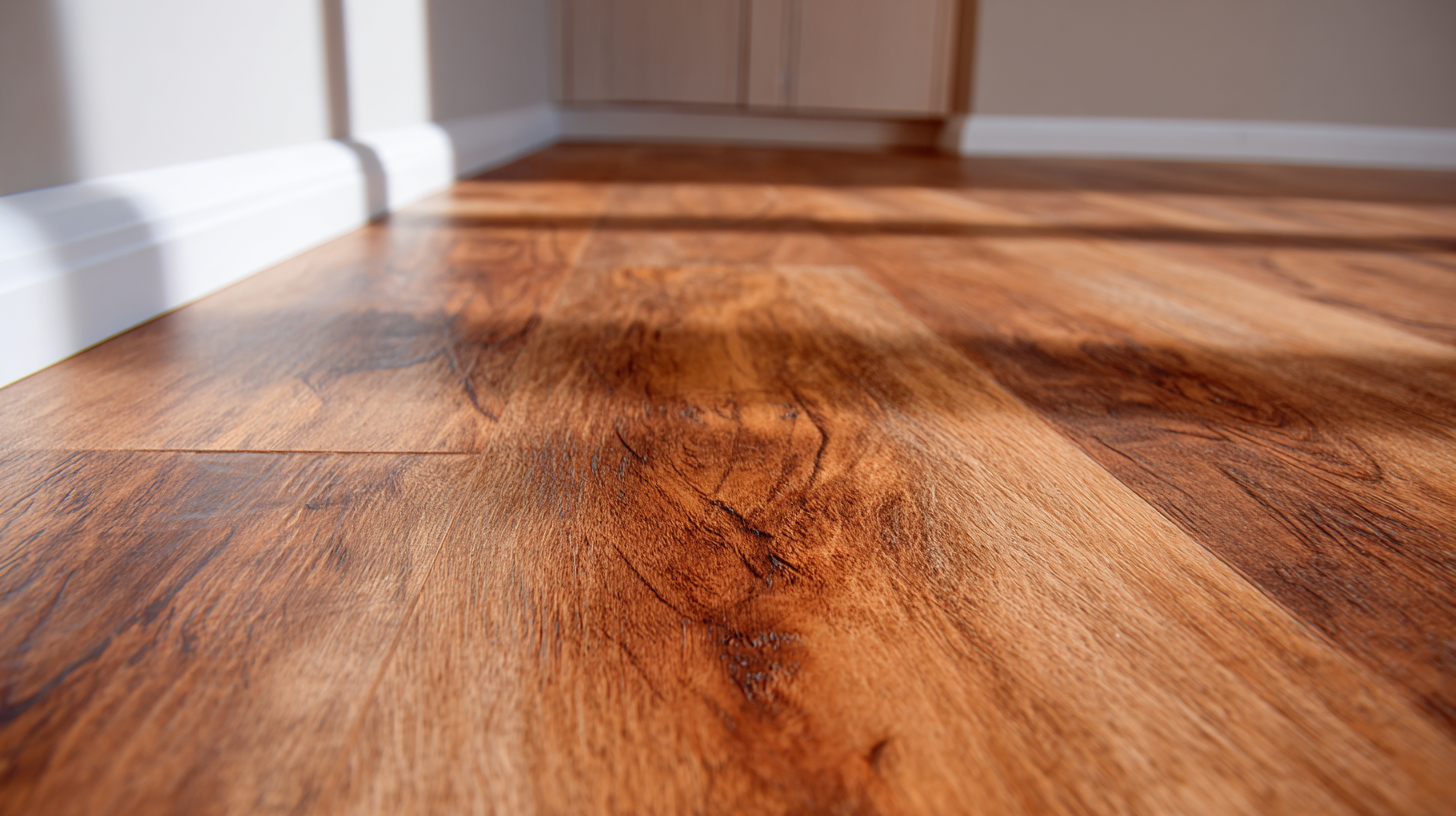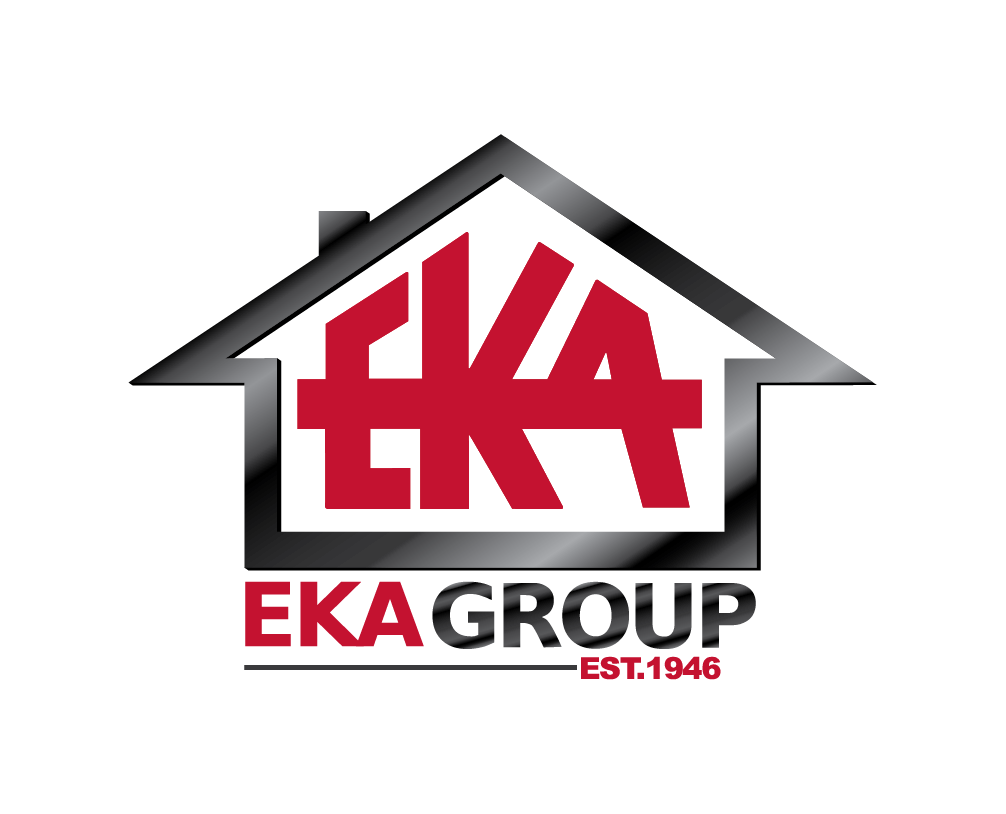
Unlocking the Secrets of Best Vinyl Wood Flooring Technical Specifications and Installation Tips
The popularity of Vinyl Wood Flooring has surged in recent years, with the global market projected to reach approximately $15 billion by 2025, according to industry reports. This surge is attributed to its cost-effectiveness, ease of maintenance, and aesthetic appeal, making it a preferred choice for homeowners and designers alike. In fact, data from the Floor Covering Industry indicates that Vinyl Wood Flooring accounts for over 30% of the total resilient flooring market, reflecting a growing trend towards sustainable and stylish flooring solutions.

As the demand continues to rise, understanding the technical specifications and installation tips for this innovative flooring option becomes essential for both consumers and professionals. This blog will delve into the pivotal aspects of Vinyl Wood Flooring, providing you with the necessary insights to navigate this dynamic market effectively.
Understanding Vinyl Wood Flooring Types and Their Characteristics
Vinyl wood flooring has become an increasingly popular choice for homeowners seeking the aesthetic appeal of hardwood without the associated maintenance. Understanding the different types of vinyl wood flooring is crucial to making an informed decision. There are primarily two categories: Luxury Vinyl Plank (LVP) and Luxury Vinyl Tile (LVT). LVP replicates the look of hardwood planks, providing a realistic texture and wood grain, while LVT emulates the appearance of ceramic or stone tiles. Both types are waterproof, making them ideal for areas prone to moisture, such as kitchens and bathrooms.
The characteristics of vinyl wood flooring vary significantly based on the material’s construction and wear layer thickness. The wear layer protects against scratches, dents, and stains, with thicker wear layers offering better durability. High-quality vinyl flooring often boasts added features such as sound insulation and ease of installation using click-lock systems. Additionally, luxury vinyl options are available in a myriad of styles and colors, allowing homeowners to customize their spaces while benefiting from the resilience and practicality of this flooring type.
Key Technical Specifications for Quality Vinyl Wood Flooring
When choosing vinyl wood flooring, understanding key technical specifications is essential to ensure you select a high-quality product that meets your needs. One of the most critical aspects is the wear layer thickness, which generally ranges from 6 to 30 mils. A thicker wear layer offers better protection against scratches, dents, and general wear and tear, making it suitable for high-traffic areas. Additionally, the type of vinyl—rigid or flexible—impacts durability and comfort underfoot. Rigid core options are particularly advantageous for uneven subfloors, offering stability and enhanced performance.
Another vital specification is the flooring's dimensional stability, often measured in terms of expansion and contraction rates. Quality vinyl wood flooring should exhibit minimal movement with changes in humidity and temperature, ensuring a long-lasting finish. Furthermore, look for products with a top-notch locking mechanism, which facilitates a secure installation and allows for easier maintenance. Understanding these specifications will empower consumers to make informed decisions, resulting in a stunning and resilient flooring choice that perfectly complements their space.

Common Installation Challenges and How to Overcome Them
When it comes to vinyl wood flooring installation, several common challenges can arise that may hinder the seamless execution of your project. According to a report by the National Wood Flooring Association, improper subfloor preparation is one of the leading issues, with up to 30% of installation problems stemming from inadequate leveling or moisture control. Ensuring that the subfloor is clean, dry, and level before laying down your vinyl flooring is crucial for a long-lasting finish. Tools like a moisture meter can help assess readiness and inform your installation process.
Another challenge is the acclimatization of vinyl planks. The Resilient Floor Covering Institute (RFCI) advises a minimum of 48 hours of acclimation in a climate-controlled environment. Failing to do so may result in expansion or contraction, leading to gaps or buckling over time. Proper acclimatization not only minimizes these risks but also allows for proper adjustments according to the specific conditions of the room where the flooring will be installed. Adhering to these specifications can significantly enhance the durability and aesthetic appeal of your vinyl wood flooring.
Maintenance Tips for Long-lasting Vinyl Wood Flooring
When it comes to maintaining vinyl wood flooring, the right cleaning techniques and periodic upkeep can ensure its longevity and beauty. Regular sweeping or vacuuming is essential to remove dirt and debris that could scratch the surface over time. Additionally, using a damp mop with a suitable cleaning solution can effectively remove stains and scuff marks without damaging the floor.
For those inevitable stains, quick action is key. Blot the stain immediately with a soft cloth and use a mild cleaner specifically designed for vinyl to lift the mark. Avoid harsh chemicals that can break down the floor's protective layer.
To enhance the lifespan of your flooring, consider applying a floor protector or area rugs in high-traffic areas. This can not only prevent wear and tear but also help maintain the visual appeal of your vinyl wood flooring. Regularly inspect for any signs of damage and address them promptly to maintain its pristine condition.
Unlocking the Secrets of Best Vinyl Wood Flooring Technical Specifications and Installation Tips - Maintenance Tips for Long-lasting Vinyl Wood Flooring
| Specification | Details |
|---|---|
| Material Type | Vinyl Composite Tile (VCT) |
| Thickness | 4mm to 8mm |
| Wear Layer | 20mil to 30mil |
| Installation Method | Glue-down, Click-lock, Loose lay |
| Underlayment | Cushioning Foam, Soundproofing options |
| Moisture Resistance | Excellent for areas with high humidity |
| Maintenance Requirements | Regular sweeping, mild detergent cleaning |
| Lifespan | 10 to 25 years depending on quality |
| Warranty | 5 to 20 years, varies by manufacturer |
Comparing Vinyl Wood Flooring with Other Flooring Options
When choosing flooring for your home, vinyl wood flooring stands out as a popular choice, but how does it really compare to other options like hardwood, laminate, and tile? One significant advantage of vinyl wood flooring is its water resistance. Unlike hardwood, which can warp and swell when exposed to moisture, vinyl is designed to withstand spills and humidity, making it ideal for kitchens and bathrooms.
Another benefit of vinyl wood flooring is its easy installation process. Many products feature a click-lock installation system, allowing for a DIY approach that saves both time and labor costs. Tip: Make sure your subfloor is clean and dry before installation for the best results. Additionally, consider using an underlayment to enhance sound absorption and warmth underfoot.
While laminate might offer a similar appearance, vinyl tends to provide better comfort and is quieter to walk on. It's also available in a wider variety of designs that can mimic real wood down to the grain. Tip: When comparing samples, pay attention to the wear layer thickness; a thicker wear layer will increase durability and resistance to scratches, ensuring your flooring looks great for years to come.


